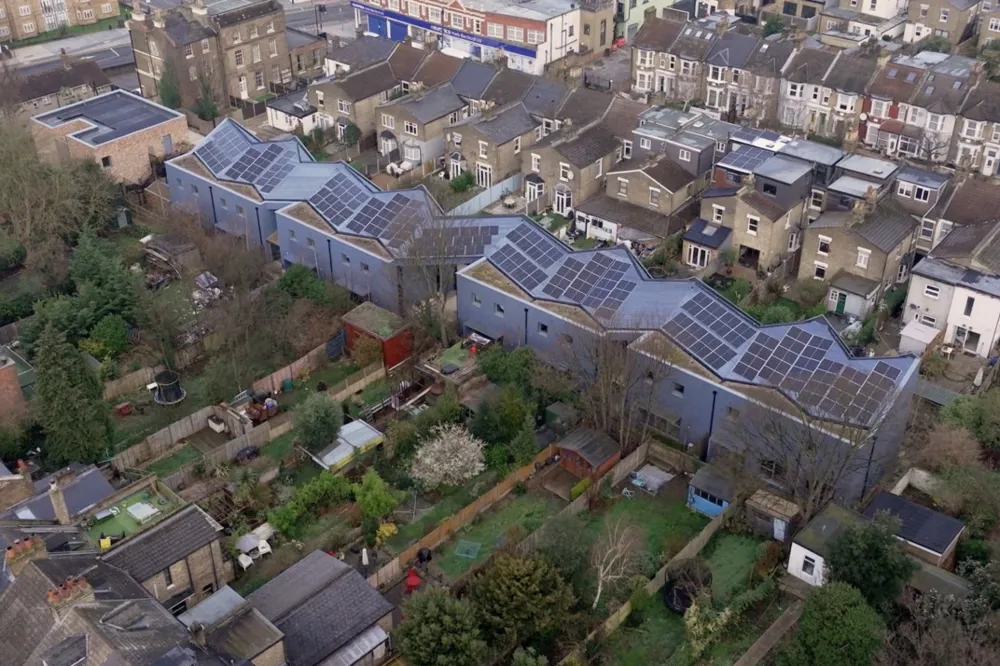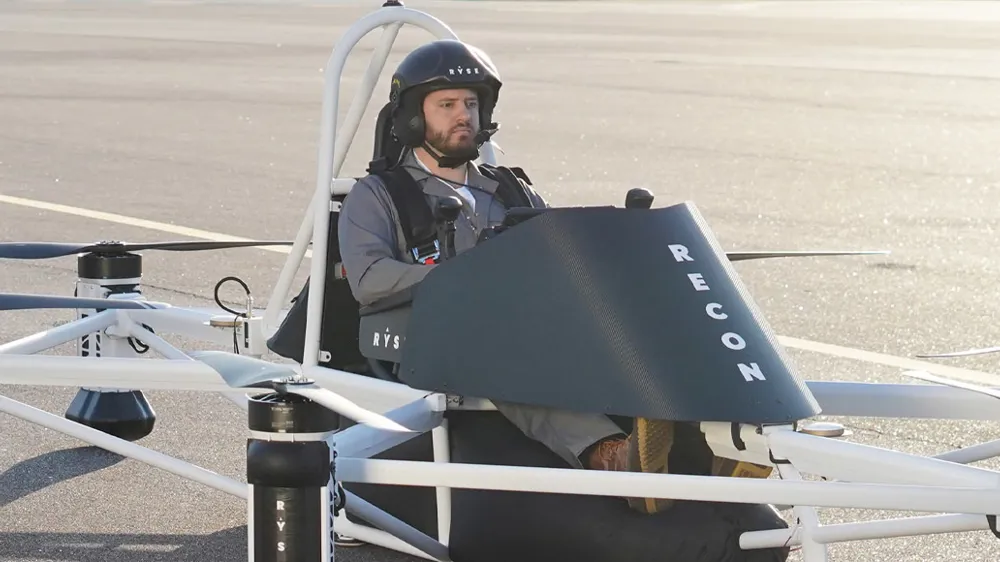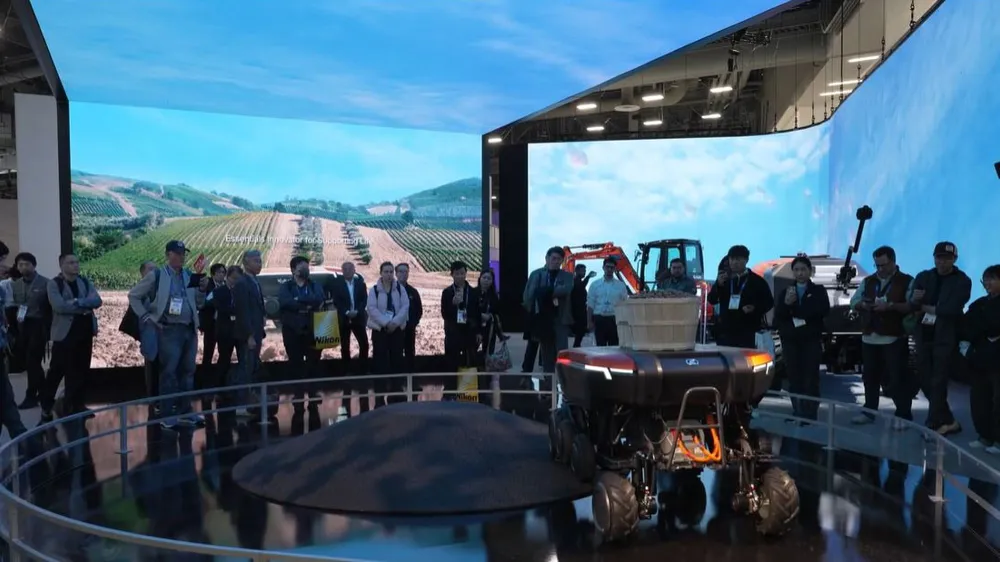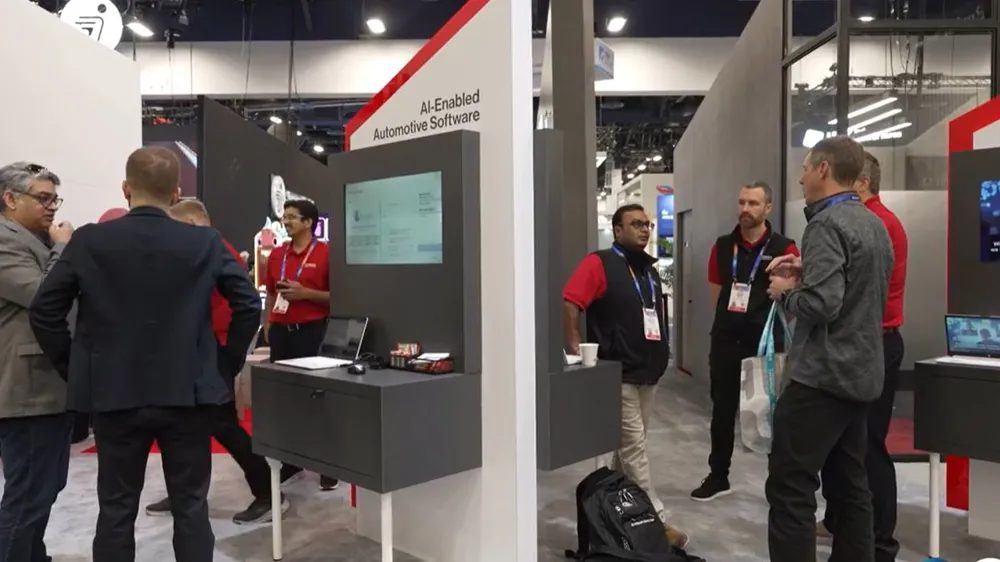Sustainability
Meeting increasing consumer demand for high-tech devices includes ensuring sustainable policies and practices are in place. Industry-led programs and initiatives are making significant progress in reducing e-waste and adverse environmental impacts.
Featured
Greener Gadgets®
Living green, buying green and recycling responsibly all year-round.
Greener Gadgets provides consumers with the tools they need to live a greener lifestyle and make smarter technology choices. Here you will find resources that educate consumers about where and how to recycle their used electronics.
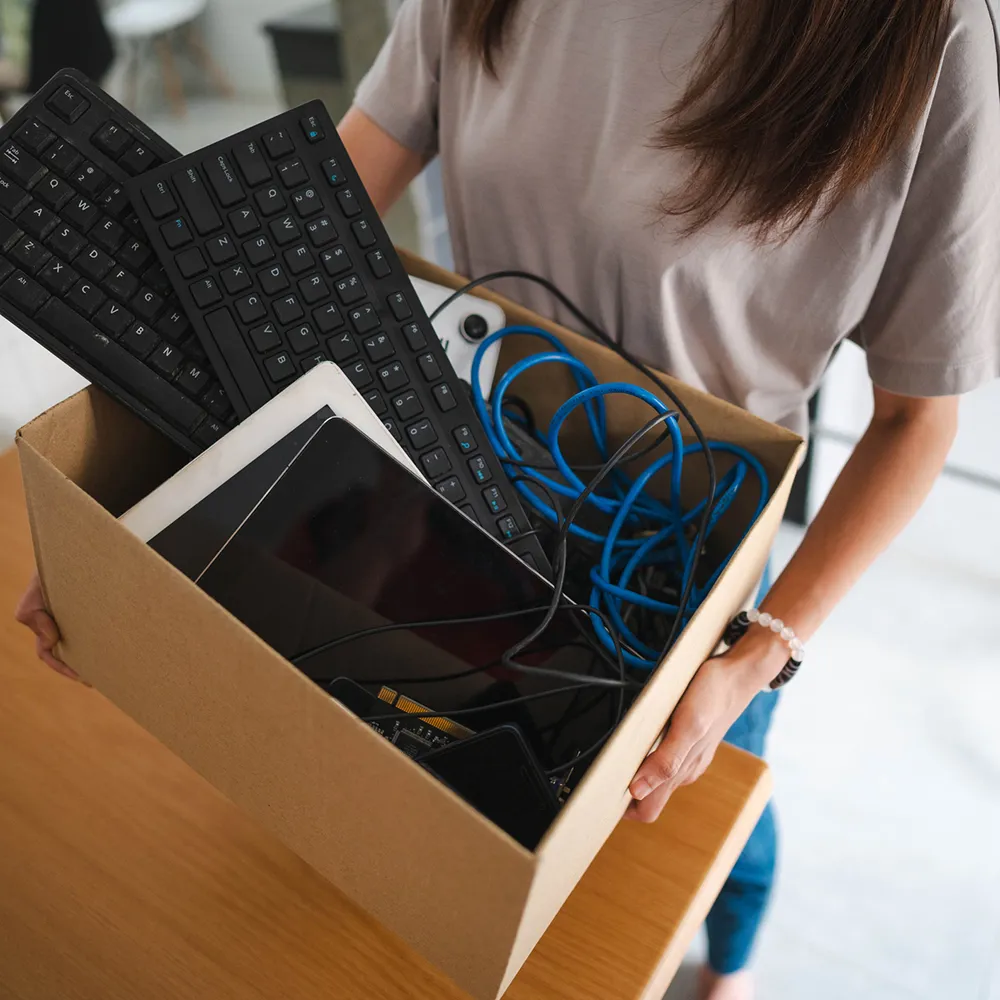
Join our community of innovators and shape the future of technology.
Resources
-
Participate
1 - 14 of 14 items
1 of 1 Page
CTA Thought Leaders
-

Katie Reilly
Staff VP, Environmental Affairs and Industry Sustainability, Consumer Technology Association (CTA)®
-

Dave Wilson
Vice President, Technology & Standards, Consumer Technology Association (CTA)®
